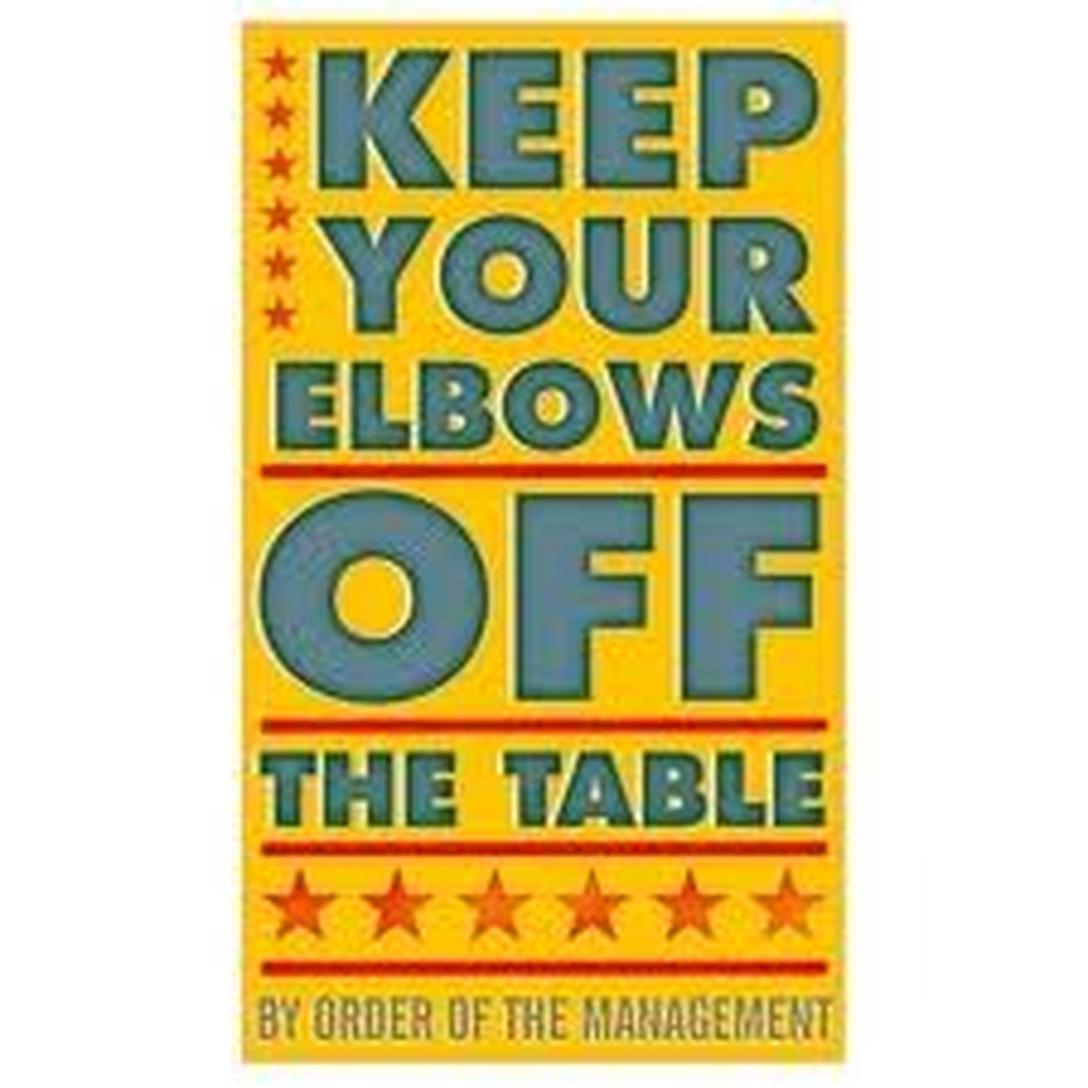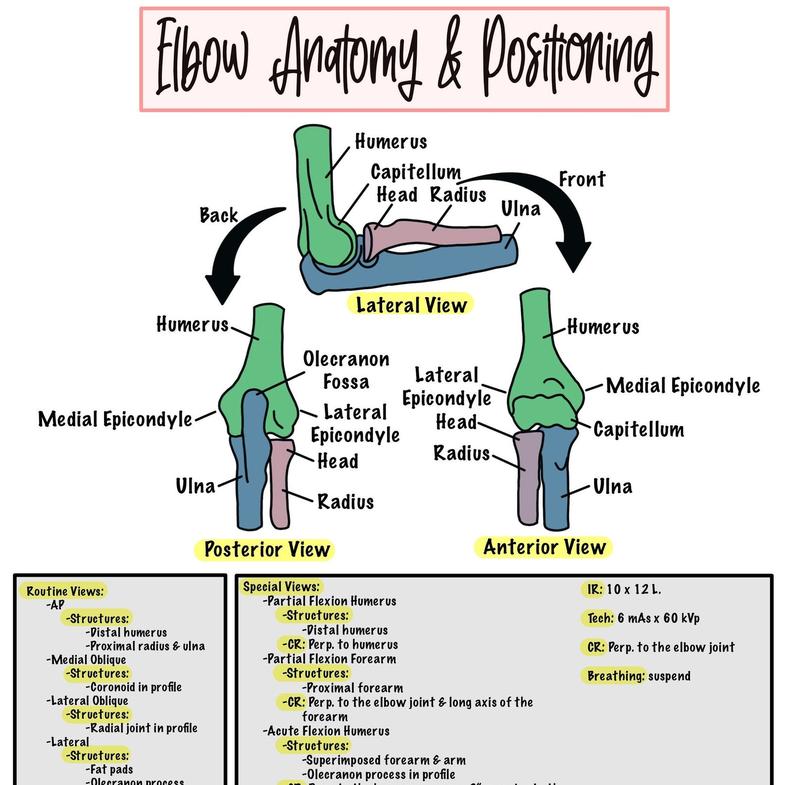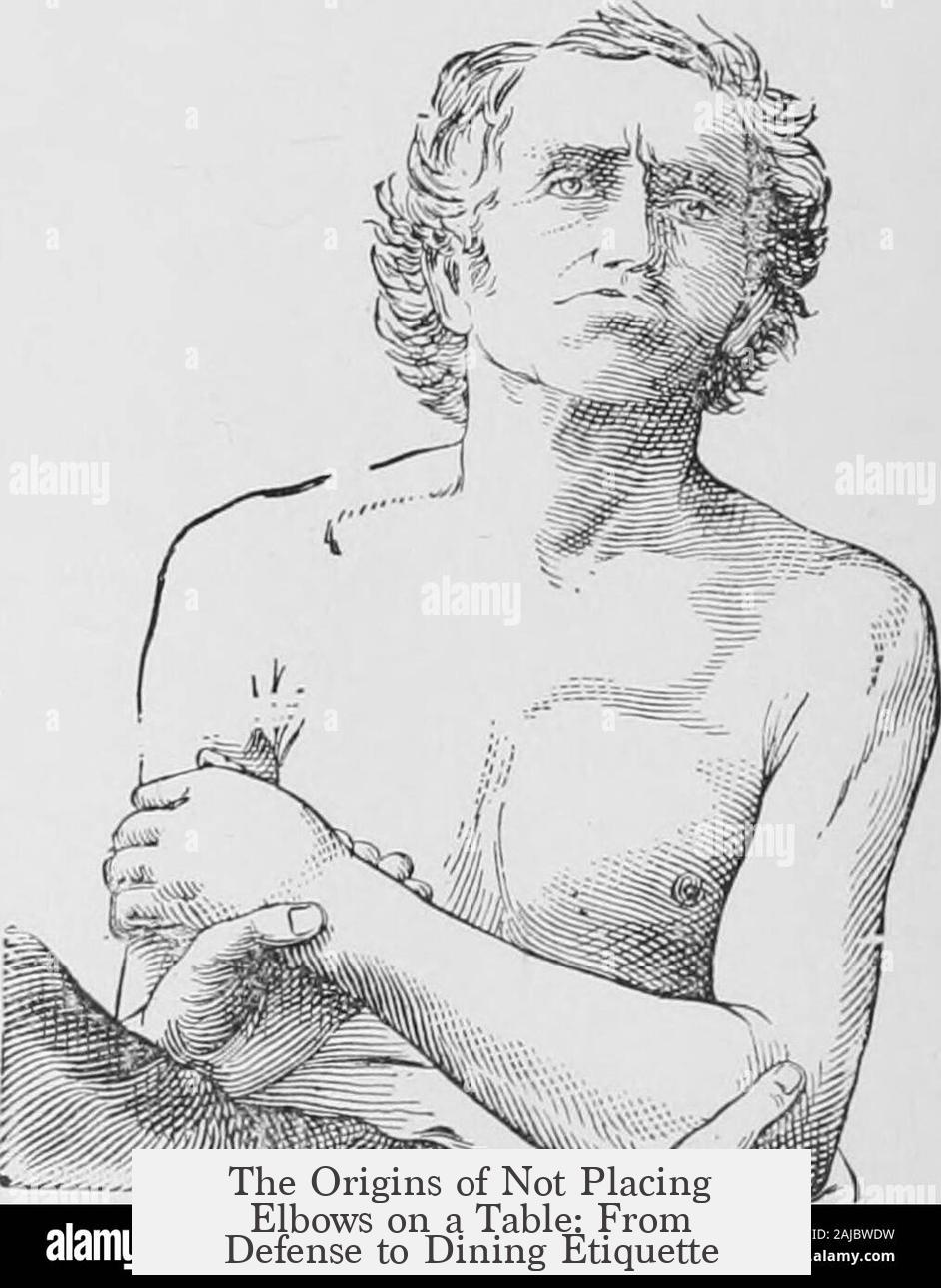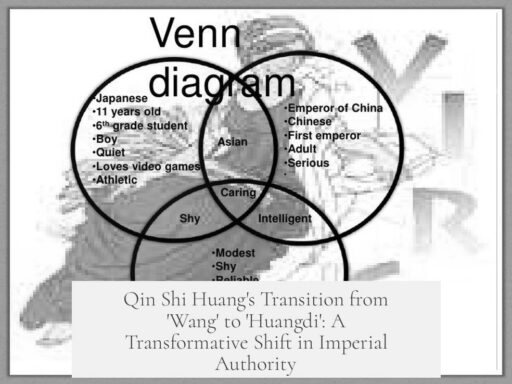The origins of not placing one’s elbows on a table trace back to ancient social customs and cultural practices that associated this gesture with defensive, lower-class, or aggressive behavior. This norm reflects centuries of etiquette evolving to promote comfort, openness, and respect among diners rather than arbitrary constraints.

The earliest known reference appears in the Wisdom of Sirach, a text dating back over two thousand years. This source points to ancient customs where placing elbows on the table was considered improper. The act suggested a guarded or defensive posture during meals. Imagine a person sitting with elbows wide beside their plate, furtively eating while watching others—this image evokes vigilance and protectiveness rather than ease or confidence.
Such a posture could signal distrust or insecurity, which is contrary to the idea of communal dining as a social and relaxed activity. Over time, this interpretation took hold as a social guideline rather than a strict rule. The behavior of resting elbows on the table became symbolic of “guarded eating.”

Later, this etiquette detail gained associations with specific social groups. Sailors aboard turbulent ships were known to place their elbows on tables or makeshift surfaces to steady their plates and food. Likewise, people in vulnerable or unsafe environments—such as prisoners or street dwellers—used their elbows to shield their meals from others. These groups often lacked secure access to food and felt the need to defend what little they had.
Because these practices were characteristic of lower socioeconomic or precarious living conditions, resting elbows on the table gradually acquired a negative social stigma. It came to symbolize fear, aggression, and a lack of refinement. Polite society viewed the gesture as rude and inappropriate, reinforcing boundaries between classes and signaling a desire for relaxed, open, and courteous dining behavior. To demonstrate ease and sociability, diners were encouraged to avoid any posture suggesting defensiveness.

The Victorian era further emphasized this stance by linking the elbows-on-table habit with broader concerns about personal space and territorial behavior. Victorian etiquette manuals highlighted how physical gestures—such as leaning too far to one side, dangling an arm over a neighbor’s chair, or sprawling elbows—projected dominance or aggression. These behaviors were seen as encroachments on shared space and were discouraged to maintain harmony and respect at the table.
This association framed the elbows-on-the-table gesture as one of multiple ways diners might unintentionally assert themselves or threaten others. The goal was to foster an atmosphere of mutual respect and calm by conserving social space and promoting modest, contained body language.

In modern contexts, these traditional rules have softened. Contemporary etiquette experts suggest the crucial factor is how one uses their elbows rather than a rigid prohibition on contact with the table. Lightly resting elbows on the table while engaging in conversation or listening is generally acceptable and unlikely to offend others.
However, striking a broad, defensive pose with elbows spread wide or using arms to encroach on neighbors may still disrupt social comfort and signal disengagement or aggressiveness. The emphasis today lies on awareness of body language and respecting others’ enjoyment of the meal rather than strictly avoiding elbows on the table.
The shift reflects a broader change toward flexible, context-aware etiquette rather than rigid customs. It prioritizes the intent and effect of actions over strict adherence to outdated rules. Social grace now centers on fostering positive interactions and comfort rather than formal posturing.
| Origins | Meaning | Social Impact |
|---|---|---|
| Ancient Wisdom of Sirach | Guarded, defensive posture while eating | Viewed as improper, signaling insecurity |
| Sailors and lower-class or imprisoned people | Used elbows to stabilize/protect food | Associated with poverty, aggression, fear |
| Victorian etiquette | Linked to territorial, aggressive behavior | Discouraged to maintain shared dining space |
| Modern view | Focus on manner rather than strict rule | Light resting is fine; spreading is rude |
In essence, the prohibition against elbows on a table emerged as a marker of class, manner, and social harmony. It served to separate relaxed and open diners from those seen as defensive or aggressive. Today, etiquette places more value on contextual behavior and mutual respect than on fixed gestures.
- Ancient roots link elbows on table to guarded eating postures.
- Socially tied to lower-class or insecure food situations such as sailors or prisoners.
- Victorian standards viewed it as invading others’ space and rude behavior.
- Modern etiquette accepts light resting of elbows if done politely.
What Are the Origins of Not Placing One’s Elbows on a Table?
Simply put, the taboo against putting elbows on the table has roots that stretch back over 2,000 years to ancient social customs focused on manners, signaling, and class distinctions rather than being a random dining rule. Where did this curious convention originate? Why do we still hear “Don’t put your elbows on the table!” at grand dinners and family meals alike? Let’s dive into the history and social dynamics behind this seemingly rigid etiquette.
The story begins more than two millennia ago in the ancient text called the Wisdom of Sirach. This document offers some of the very first recorded guidelines about table manners and behavior during meals. It was less about arbitrary rules and more about signaling openness versus defensiveness. In these times, how you positioned your body while eating said a lot about your character and intentions.
Imagine sitting down to a meal, elbows planted firmly on the table, arms shadowing your plate. This posture looks guarded, like a person protecting their plate of food as if rivals lurk nearby to snatch their meal. The Wisdom of Sirach and other ancient writings treat eating as a social ritual, not mere sustenance—body language during meals was laden with meaning. Placing elbows on the table could unintentionally broadcast suspicion or wariness.
From Defensive Dining to Social Class Signals
Fast forward a few centuries, and this defensive posture acquired more tangible social connotations. Consider sailors on turbulent seas trying to stab their plates down during rough waves. Using elbows to stabilize plates was practical but also became associated with lower status or less refined manners. This behavior was characteristic not only of sailors but also poor or marginalized people—those who lived on streets or even prisoners—who often needed to keep a close guard on their meals.
This practical need for defense at mealtime gradually became a social marker. Elbows on the table began to symbolize a guarded, defensive stance tied to hardship and insecurity. It wasn’t just about orderliness or neatness anymore; it was about who you were and where you stood in society’s hierarchy. So when polite society demanded you keep your elbows off the table, it was indirectly telling you to shed those lower-class, defensive habits and embody calmness and ease.
Victorian Manners: Taking Up Space Is a No-No
By the Victorian era, this reprimand against elbows was folded into a wider obsession with physical space and social grace. Etiquette books of the time lamented not only elbows on tables but also other “aggressive” behaviors such as dangling your arm over somebody else’s chair or leaning too far to one side. The common theme? Don’t hog space or intimidate others at the table.
In this context, elbows on the table suggested an insensitivity to shared space, almost like an unspoken threat—“Back off, this is my territory.” The Victorian dining table was a stage where everyone had a role and a place, and there were strict rules about how your body fit in. Putting your elbows down was equated with poor manners and an overbearing disposition.
Modern Take: Relax, But Be Considerate
Fortunately, modern etiquette experts tend to cut us some slack. The rigid stance on elbows has relaxed significantly. You can usually rest your elbows lightly without causing offense, especially if you do it subtly. The key is context and demeanor. Are you sprawled out like you’re about to wrestle a dinner guest? Or casually listening and engaging? The latter is perfectly fine today.
Contemporary etiquette focuses more on the experience at the table rather than strict muscle memory of antiquated rules. The point is to create a pleasant environment for everyone. If placing your elbows on the table helps you listen better or eases your comfort without disrupting the meal vibe, why not?
So, Why Should You Care?
Knowing the origins of this etiquette rule unveils how manners encode deeper social tensions—security, class, and interpersonal boundaries. Next time someone tells you to “keep your elbows off,” you can explain it’s not just about neatness but centuries of cultural signaling. Plus, if you’re hosting, you can decide which traditions to keep and which to tweak for a modern, inclusive feel.
To sum it all up: the prohibition on elbows touching the table began as a way to discourage guarded, defensive, and lower-class eating habits and evolved into a Victorian concern over physical space and etiquette—though today it’s mostly about comfort and respect for fellow diners.
Practical Tips for the Curious Diner
- Lightly resting elbows during a meal is generally fine, especially during conversation.
- Avoid sprawling arms wide or “staking territory” with your elbows to prevent crowding neighbors.
- Observe your dining context: informal meals have looser rules, formal dinners lean traditional.
- Use this knowledge to spark conversation—“Did you know the no-elbows rule dates back 2000 years?” works great as a dinner icebreaker.
- Feel empowered by the etiquette’s flexibility; manners evolve and serve people, not the other way around.
So, next time you find yourself tempted to plant those elbows firmly, remember the deep history behind this gesture. Is it a protective stand, a mark of your social status, or just a handy way to keep your plate steady? Knowing what lies beneath helps you decide how and when to break—or follow—the rule.




